Microsoft's new patent reveals a system capable of creating ultra-personalized icebreakers for virtual meetings
However, the technology has a huge drawback.
5 min. read
Published on
Read our disclosure page to find out how can you help Windows Report sustain the editorial team. Read more
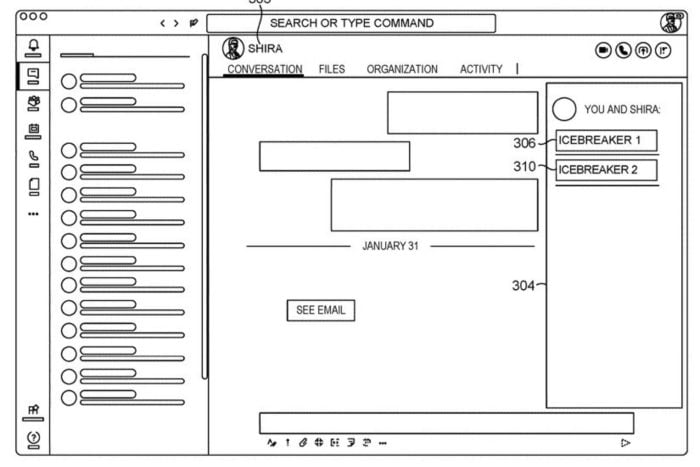
It’s hard and awkward to see some people for the first time in virtual meetings, as sometimes, no matter how much research you’ve done on them, you can’t just break the ice. Several tech giants, including Google with its Gmail, have been trying to address the issue by presenting users with icebreakers.
However, these icebreakers are often repetitive and general, and they don’t help, aside from adding to the awkwardness of the interaction (no one finds the ‘how are you?’ intriguing enough; instead, it can be considered quite frustrating).
But rest assured, if you’re shy or introverted or you didn’t have enough time to do your due diligence and learn about the people you’re meeting with, Microsoft has a solution that could revolutionize this very specific field.
The Redmond-based tech giant has recently published a patent describing a technology that helps people find good conversation starters (icebreakers) for a specific person in a group in virtual meetings.
The tech uses many capabilities, including databases, ranking systems, search engines, and possibly machine learning models, to develop ultra-personalized icebreakers for every situation. Here’s how this system would work.
Firstly, it identifies the target group and a related reference group, then finds common features (like interests or characteristics) in the target group and the reference group.
The system will then develop a frequency analysis that checks how often these features appear in the reference group. Based on the frequency, it selects relevant icebreakers for the person in the target group and displays them on user devices for use in virtual meetings.
But the tech is also quite versatile: it uses a ranking system to rank icebreakers in virtual meetings, and if the situation sees fit, the system might let you use a specific icebreaker again. Otherwise, it will not, creating a new icebreaker instead.
For example, if in the last meeting with this target group, the icebreaker “you all speak Russian” was presented, then the same icebreaker would be less valuable to users, and a different icebreaker would be ranked higher.
The versatility also includes using no icebreakers at all in virtual meetings where people are somewhat familiar.
For example, a degree of familiarity may be determined between users in the target group such that if they have sufficient familiarity with each other, then no icebreaker information item is presented.
You might ask yourself: but how does it know if you’re familiar with a certain group of people? Well, this is the thing and probably the main drawback of this technology. It scans the Internet (and all the public information out there) to find information about all those participating in virtual meetings, and then creates icebreakers based on it.
This means the system will use information from their social media accounts (including Facebook and LinkedIn), emails, subscriptions (such as Xbox Game Pass or Xbox Live), and even Netflix to find out where they studied, what their favorite video games are, what they recently purchased, or what films or shows they recently watched. All this information might be stored in a database component, which will be used to create ultra-personalized icebreakers for you to use in virtual meetings.
User account(s) and device(s) data generally includes about user devices accessed, used, or otherwise associated with a user, and/or information related to user accounts associated with the user; for example, online or cloud-based accounts (e.g., LinkedIn, email, social media) such as a Microsoft Net passport, other accounts such as entertaiment or gaming-related accounts (e.g. Xbox Live, Netflix, online game subscription accounts, or similar account information), people data relating to such accounts such as user email, texts, instant messages, calls, other communication, and other content; social network accounts and data, such as news feeds; online activity; calendars, appointments, application data, other user accounts, or the like. Some embodiments of user accounts and devices may store information across one or more databases, knowledge graphs, or data stuctures. As described previously, the information stored in user accounts adn devices may be determined from people-data collection component.
One advantage of using this database is that the system also learns what kind of icebreakers are inappropriate for virtual meetings.
This is not the first time Microsoft has dabbled in icebreaker technology. A few years ago, the Redmond-based tech giant also introduced an Icebreaker app in Teams; although it was not meant for virtual meetings, the app’s main goal was to promote and encourage colleague bonding.
However, this new system is an entirely new level, and it sounds like something out of a Black Mirror episode. Sure, I would like an appropriate icebreaker to start a great virtual meeting, but what if the system tells me to ask about a specific situation shared by another participant on Instagram, for instance?
Wouldn’t that be too much? What do you think?
You can read the full paper here.

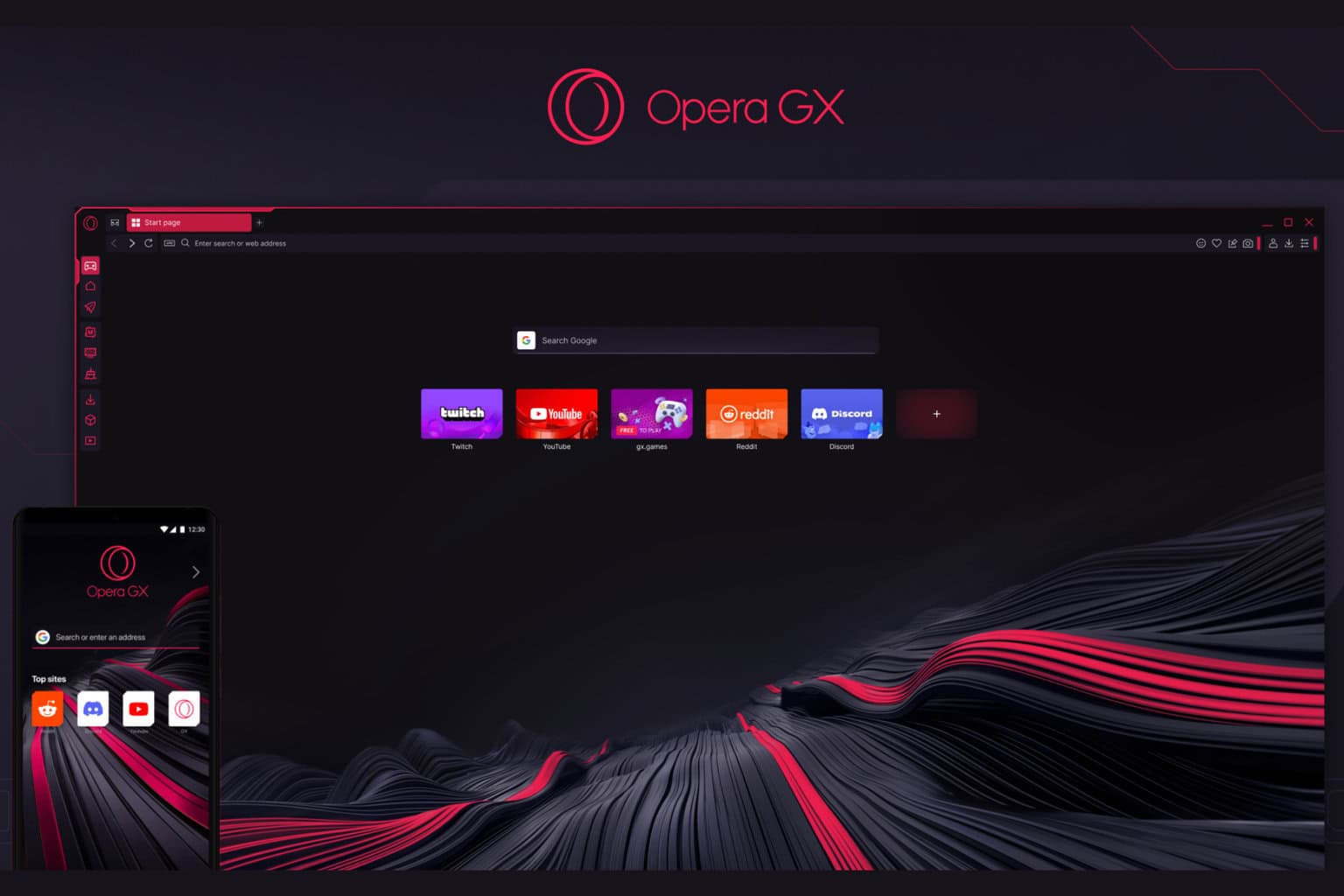
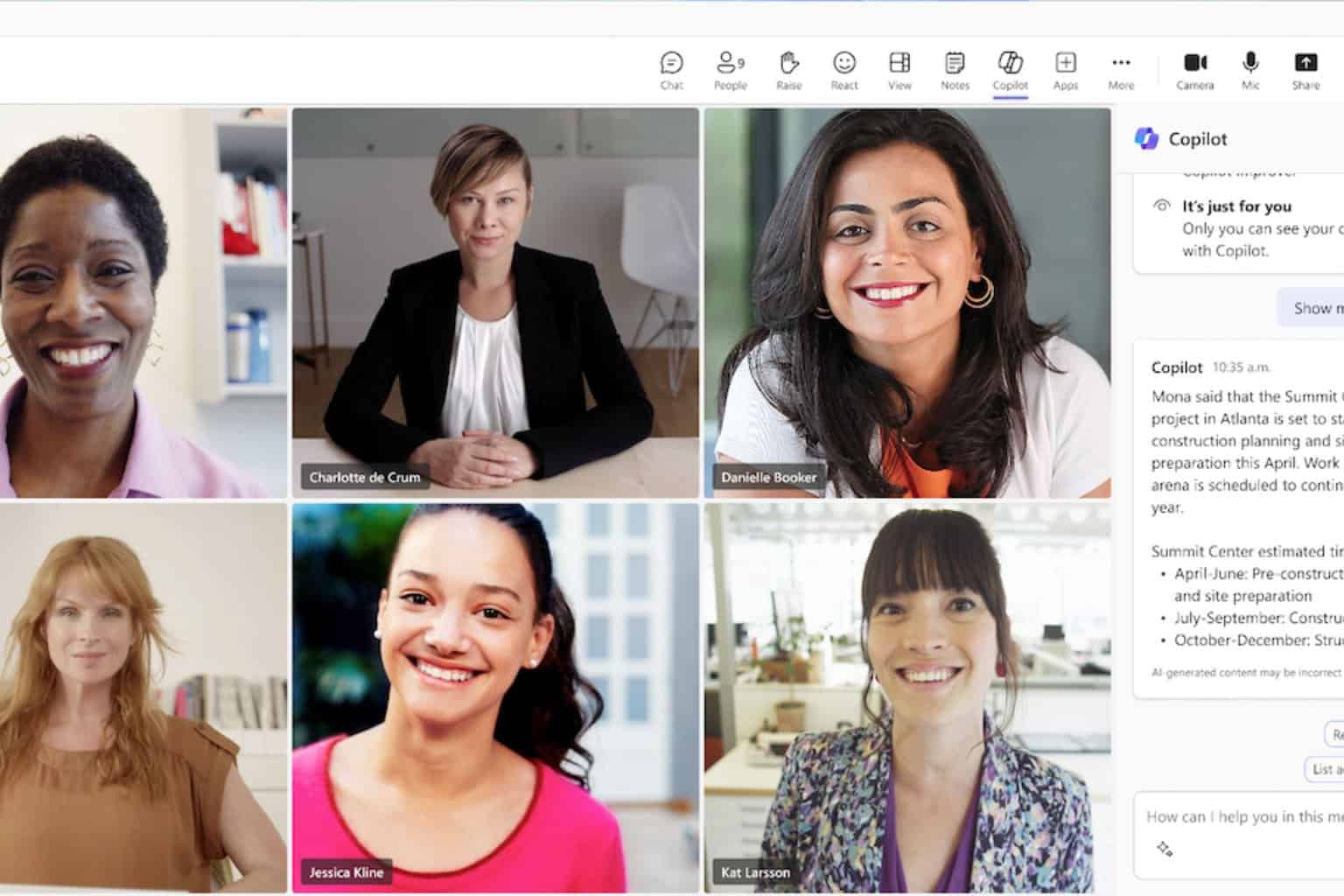

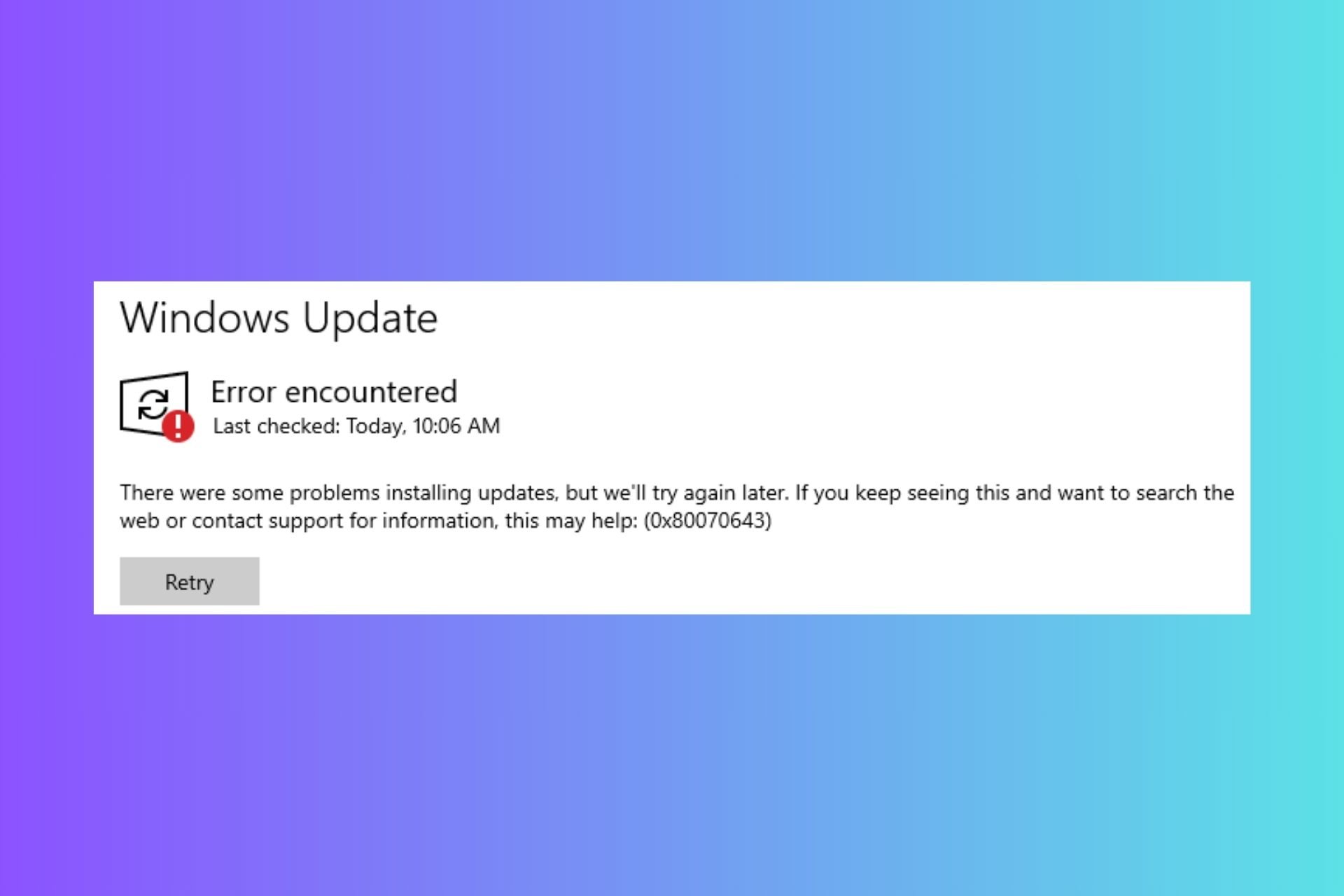
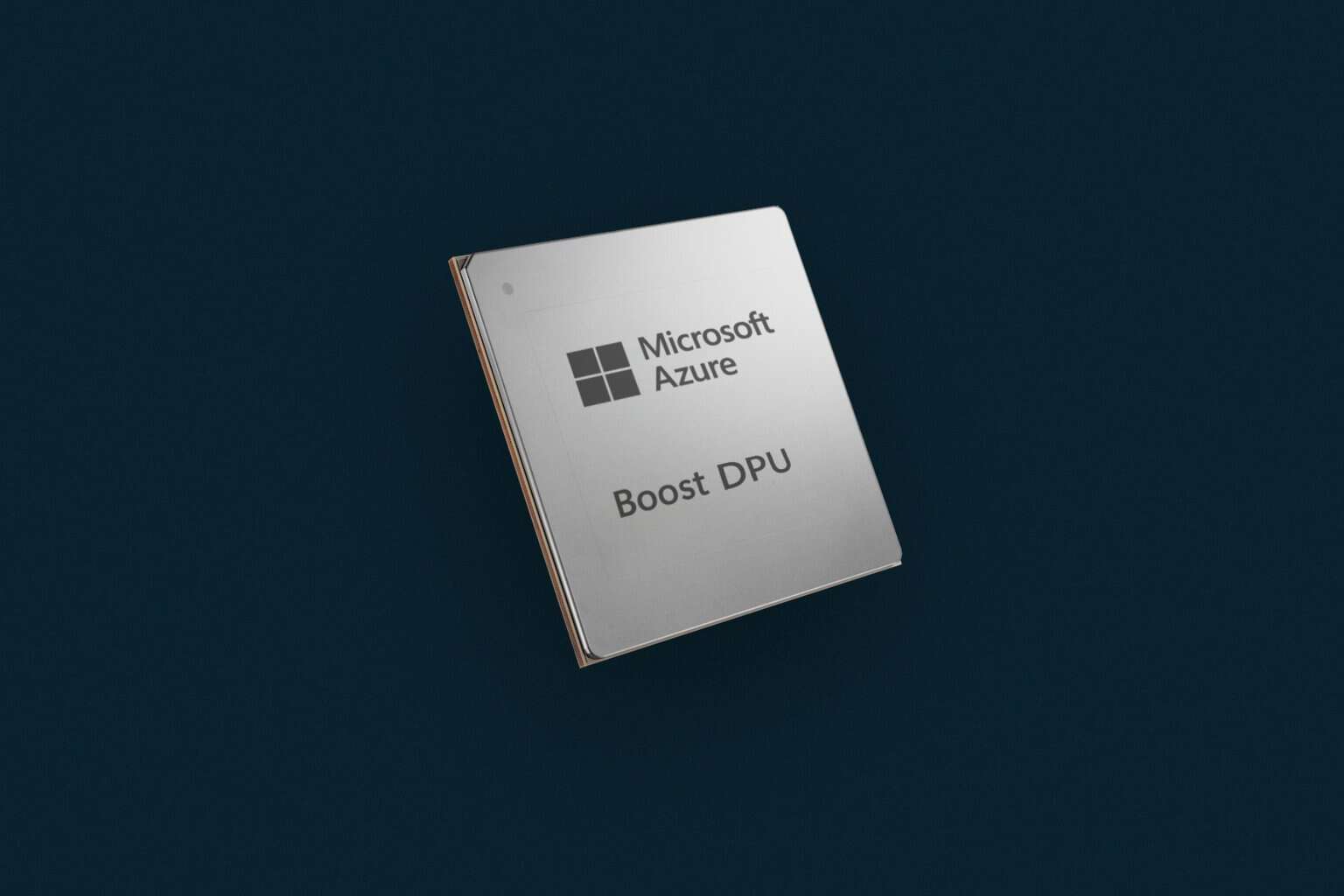
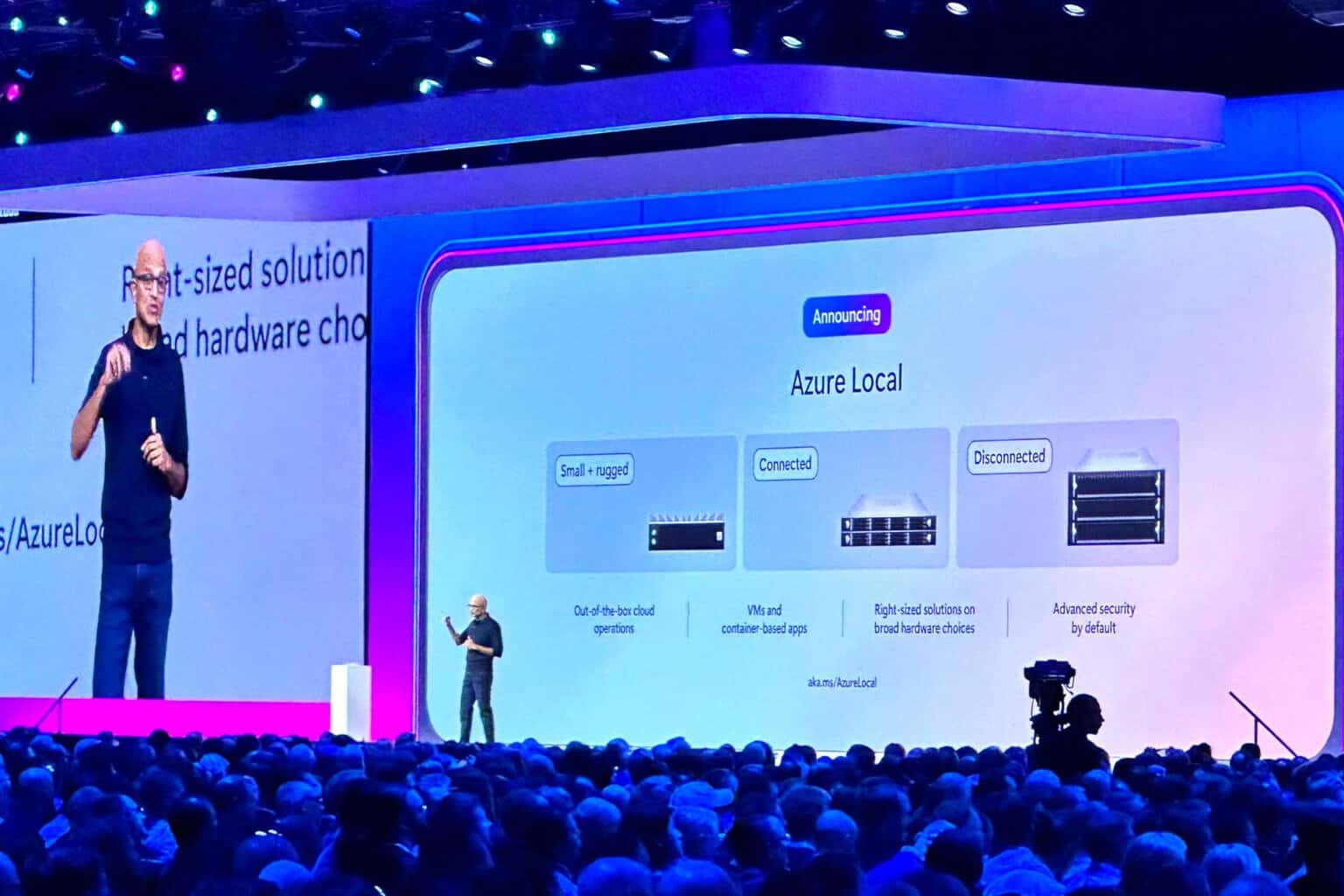
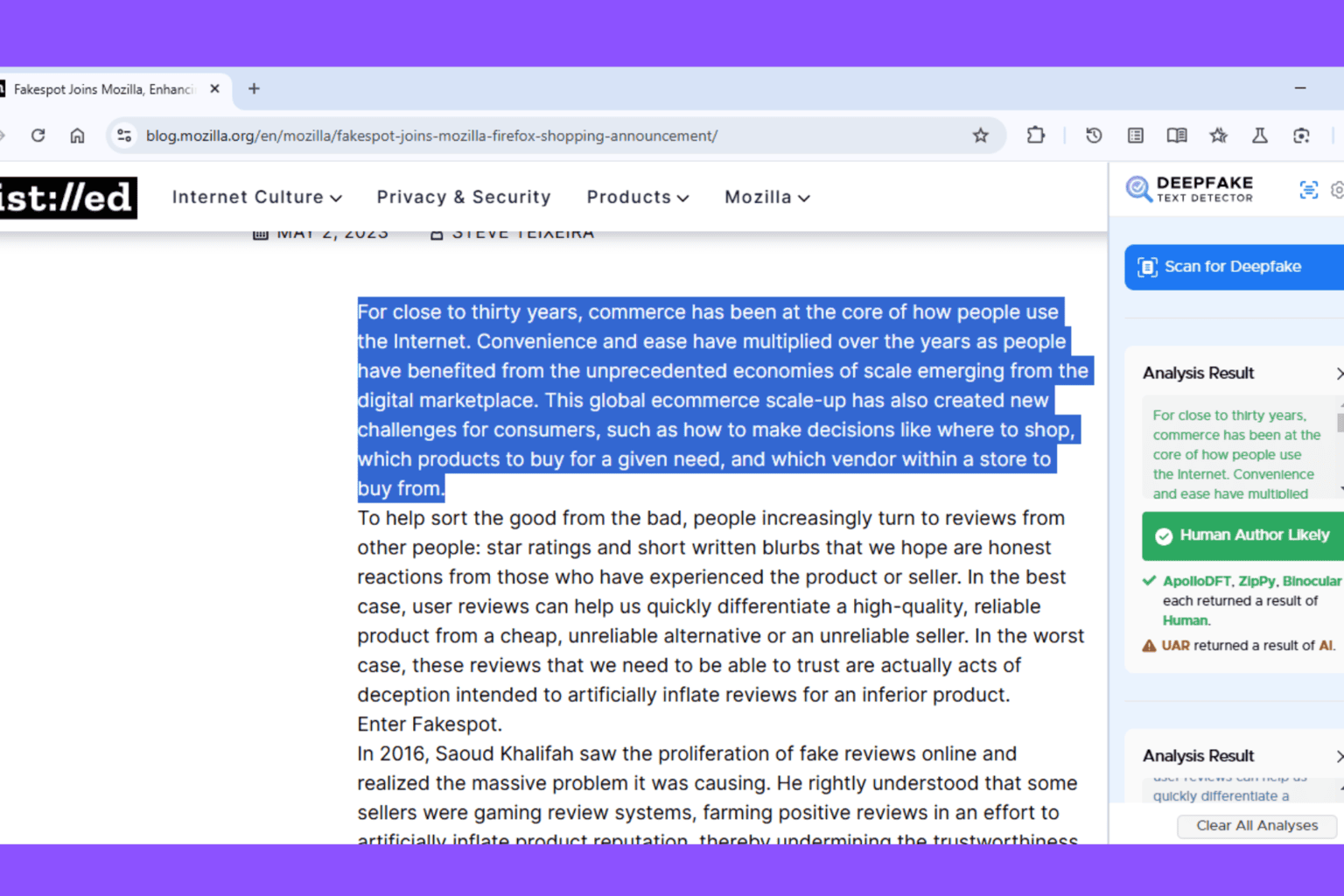
User forum
0 messages